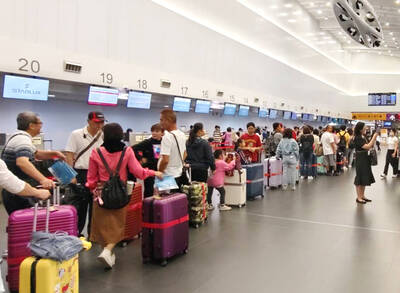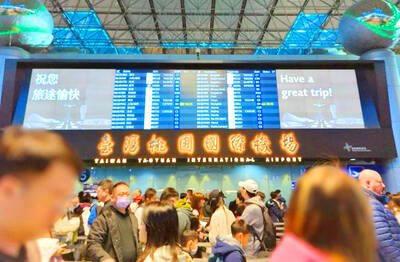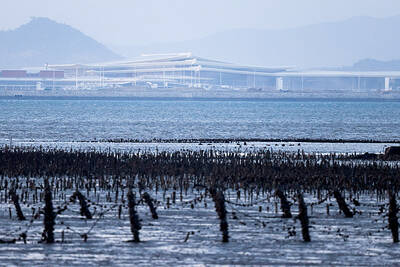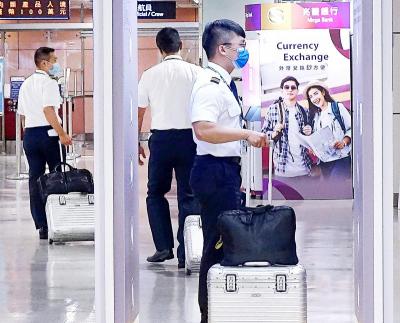Democratic Progressive Party (DPP) Legislator Gao Jyh-peng (高志鵬) said yesterday he would submit a proposal to the party’s Central Standing Committee this week asking headquarters to hold a debate on the party’s China policy.
Among the topics to be included in the debate would be whether the party’s rank and file should be allowed to travel to China, whether to loosen restrictions on Taiwanese semiconductor investment in China and whether Taiwanese firms should be able to set up 12-inch wafer fabs in China, he said.
On Friday, President Ma Ying-jeou (馬英九) told Michael Splinter, chairman of the Santa Clara-based Applied Materials, that the government was studying the feasibility of a plan to allow semiconductor manufacturers to move their 12-inch wafer fabs to China.
Following Kaohsiung Mayor Chen Chu’s (陳菊) visit to China late last month to promote the World Games — which will be held in Kaohsiung from July 16 to July 26 — in her capacity as president of the World Games Kaohsiung Organizing Committee, Tainan Mayor Hsu Tain-tsair, another DPP member, has also said he will visit Xiamen, Fujian Province, later this month.
Gao said the majority opinion within the party was that allowing party members to visit China was inevitable and that as a result a set of protocols must be established regulating party members’ trips.
As to when the debate would take place or what format it would take, Gao said the Central Standing Committee would make the decision.

Three Taiwanese airlines have prohibited passengers from packing Bluetooth earbuds and their charger cases in checked luggage. EVA Air and Uni Air said that Bluetooth earbuds and charger cases are categorized as portable electronic devices, which should be switched off if they are placed in checked luggage based on international aviation safety regulations. They must not be in standby or sleep mode. However, as charging would continue when earbuds are placed in the charger cases, which would contravene international aviation regulations, their cases must be carried as hand luggage, they said. Tigerair Taiwan said that earbud charger cases are equipped

Foreign travelers entering Taiwan on a short layover via Taiwan Taoyuan International Airport are receiving NT$600 gift vouchers from yesterday, the Tourism Administration said, adding that it hopes the incentive would boost tourism consumption at the airport. The program, which allows travelers holding non-Taiwan passports who enter the country during a layover of up to 24 hours to claim a voucher, aims to promote attractions at the airport, the agency said in a statement on Friday. To participate, travelers must sign up on the campaign Web site, the agency said. They can then present their passport and boarding pass for their connecting international

UNILATERAL MOVES: Officials have raised concerns that Beijing could try to exert economic control over Kinmen in a key development plan next year The Civil Aviation Administration (CAA) yesterday said that China has so far failed to provide any information about a new airport expected to open next year that is less than 10km from a Taiwanese airport, raising flight safety concerns. Xiamen Xiangan International Airport is only about 3km at its closest point from the islands in Kinmen County — the scene of on-off fighting during the Cold War — and construction work can be seen and heard clearly from the Taiwan side. In a written statement sent to Reuters, the CAA said that airports close to each other need detailed advanced

The age requirement for commercial pilots and airline transport pilots is to be lowered by two years, to 18 and 21 years respectively, to expand the pool of pilots in accordance with international standards, the Ministry of Transportation and Communications announced today. The changes are part of amendments to articles 93, 119 and 121 of the Regulations Governing Licenses and Ratings for Airmen (航空人員檢定給證管理規則). The amendments take into account age requirements for aviation personnel certification in the Convention on International Civil Aviation and EU’s aviation safety regulations, as well as the practical needs of managing aviation personnel licensing, the ministry said. The ministry